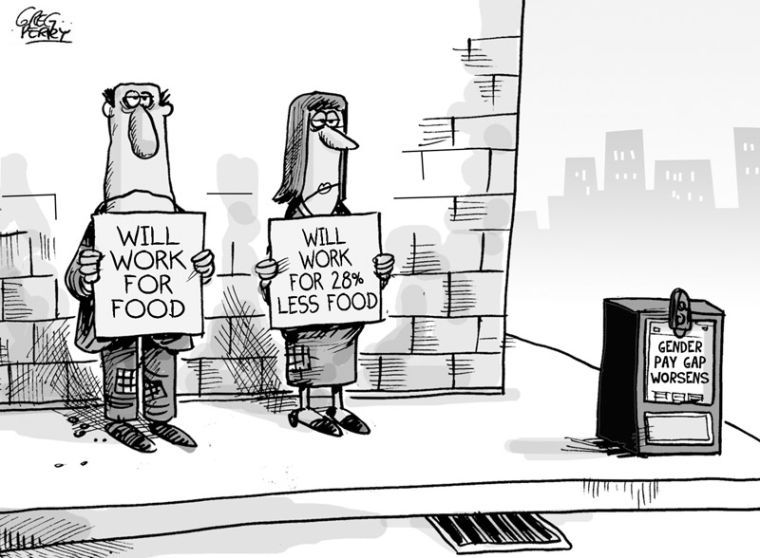Women still make less money than men for the same job
November 13, 2017
The complicated debate on whether wage gap is a myth or real has been an ongoing battle for decades now.
While some may argue that the wage gap is a myth, it’s a fact.
Statistics show that gender wage gap is an issue that many face.
Statistics also show that slowly, but surely the gap is becoming smaller each year since the 1970’s.
Both men and women are finally closer to pay equality with hard work throughout the years.
But, we’re still not there yet.
Technically, at the rate we have been going since 1960 to 2017, women will not reach pay equality with men until 2059.
If the rate were to slow down or stay the same, women will not see pay equality until 2119.
The pay gap also varies depending on the position held, how many hours worked, the level of education, experience within the field and the location.
This might help explain some reasoning on the pay gap between men and women, but there are still many questions left unanswered.
Most economists have compared and contrasted pay rates after taking into consideration age, education and experience to be left wondering what is the last bit of unexplained reasoning?
Why would people claim that this is a myth and not a persistent problem that we deal with?
They might point their reasoning toward the 43 percent of women who have had to take a break from their careers and furthering their education to begin a family.
Half of those ladies actually come back to the work force, but they are rejected from something called the motherhood penalty.
This is when, in the workplace, working mothers encounter systematic disadvantages in pay, perceived competence and benefits relative to childless women.
Without having flexible hours and working around the clock, most women have no choice but to settle for a simpler job that is better to work around their needs.
As of today, the average full-time working woman only makes 70-80 percent of what her male counterparts do.
For practically every dollar a man has made, a woman is only going to make 70-80 cents of it.
For over 107 occupations, women’s earnings were at 95 percent or lower in comparison to a man’s earnings in the same field.
Every year, a full-time working woman is earning $10,800 dollars less than a man in the same field.
Is the wage gap created because women are normally seen to take on jobs that are paid lower amounts and seen more as a caretaker position such as teaching, daycares or social workers while men dominate the political and medical field?
On top of the gender gap, women of color still must deal with discrimination against their race.
The deniers implicate that the choices a woman makes creates this problem rather than blaming discrimination.
Wages for white and Asian women have improved greatly since 2007, but wages for Hispanic women have hit rock bottom at 54 cents to a white man’s dollar without decreasing or increasing.
Women of color are hit twice as hard due to the race wage gap and gender gap.
Black women’s wages have declined greatly without a sign it might go up.
With comparison to men’s race wage gap, they are all very similar in rates.
Most white and Asian men are seen to be at the highest pay rates with black and Hispanic men only a few steps behind.
The wage gap between different demographics is absurd and needs to be resolved.
If employees can get the job done correctly and in a timely manner, why are some being paid as though they are less qualified for the position?
If we show lawmakers how important this issue is, then maybe someday we will see some form of change.
I shouldn’t have to wait until 2059 to get paid the same salary as a man working in the same position at the same company.



